# Unveiling the Enigmatic Faces on Mars: A Closer Look
Written on
Chapter 1: The Fascinating Face on Mars
The Viking 1 spacecraft sent back an abundance of crucial data from Mars, and one particular image captured widespread public fascination:
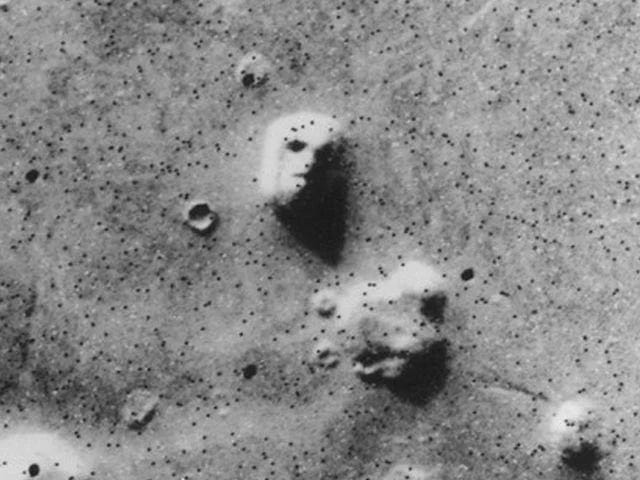
This image appears strikingly similar to a human face, leading ufologists to proclaim it as a man-made structure. The excitement grew further when a nearby formation resembling a pyramid was discovered, prompting enthusiasts to dub it the "Martian Sphinx."
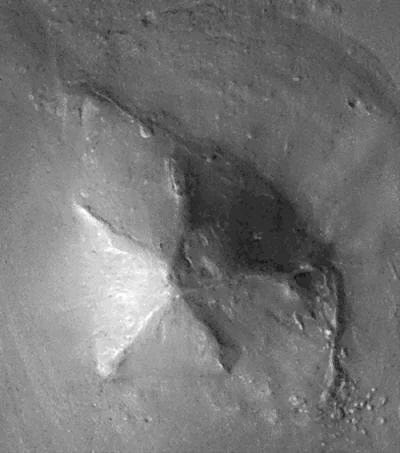
Interestingly, this is not the sole Martian formation that resembles a human visage. With a bit of creativity, one could identify a woman's face in another image:
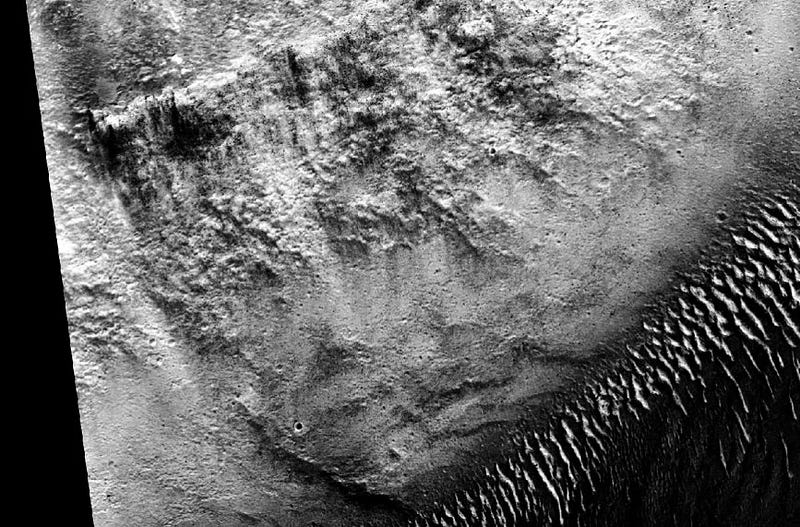
The internet often showcases a version of this image where facial features have been exaggerated:
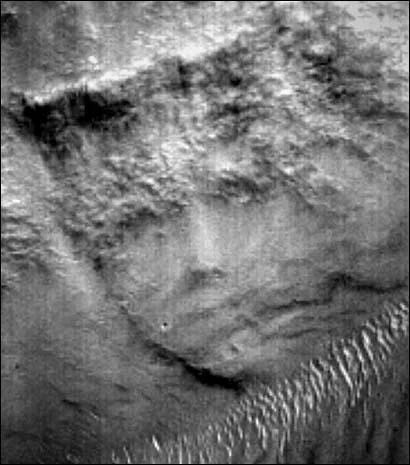
Moreover, following the launch of Google Mars, which offers a comprehensive interactive map of the planet, enthusiasts stumbled upon yet another visage!
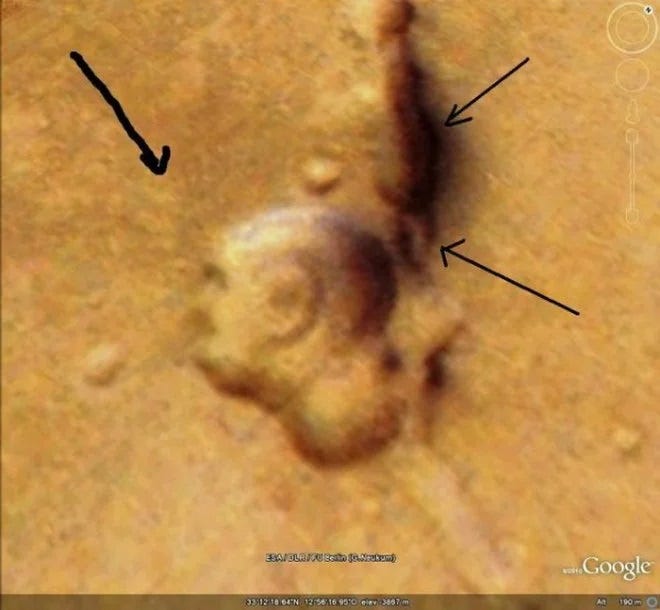
What could this be? Evidence of an ancient Martian civilization, or merely natural formations? Unfortunately for those who lean towards the paranormal, these so-called faces on Mars are simply natural geological features. The original Martian face captured is merely a hill or mountain with an unusual shape. If photographed at a different time or under different lighting conditions, it wouldn’t appear as a face at all.
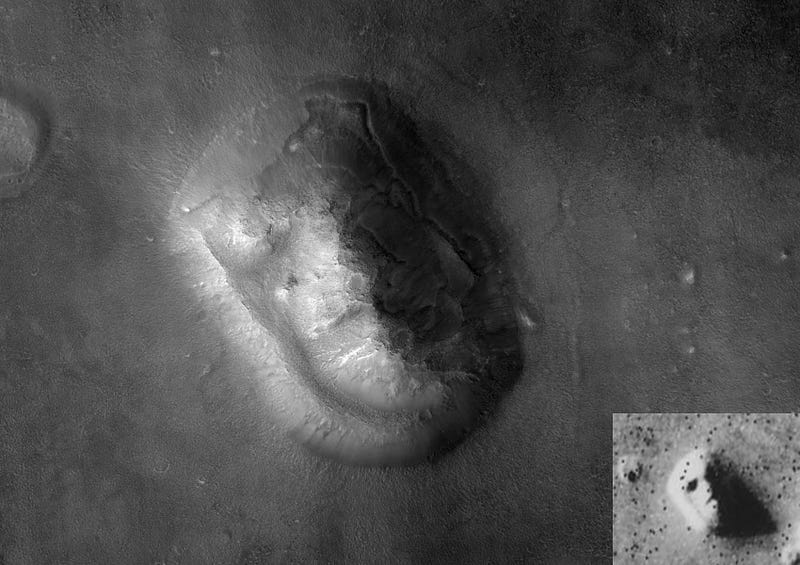
The same can be said for other supposed faces on the planet. There is no doubt about their natural origins—these features are highly ambiguous and significantly influenced by the interplay of light and shadow.
The human brain is wired to recognize patterns and often seeks familiar forms in its surroundings. This phenomenon is known as pareidolia. Numerous natural formations on Earth evoke similar associations with faces, animals, and objects.
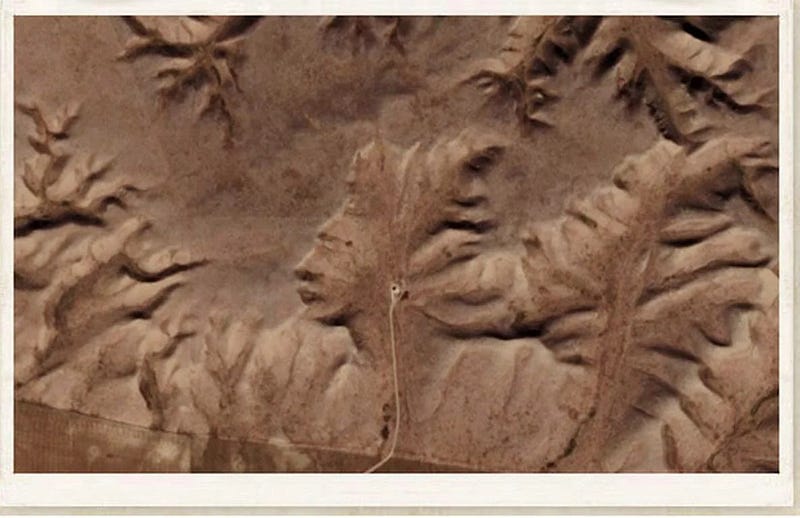
For instance, central Canada boasts a unique geological formation that looks like a Native American wearing a traditional headdress, affectionately termed the "Guardian of the Badlands." The nearby road gives the impression that this figure is listening to music.
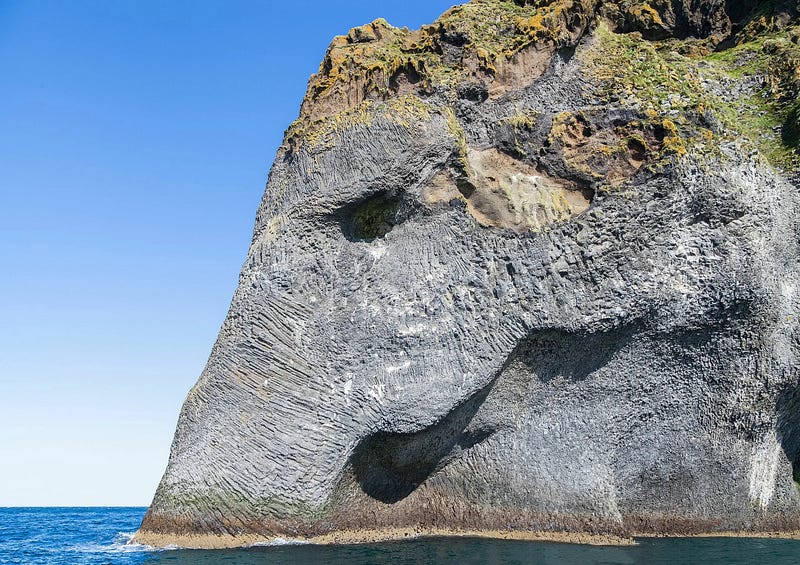
Globally, there are many such examples. In Iceland, a rock formation resembles an elephant's head, while Slovenia features a natural formation that, with some imagination, appears to be a face, colloquially known as the “Pagan Girl.”
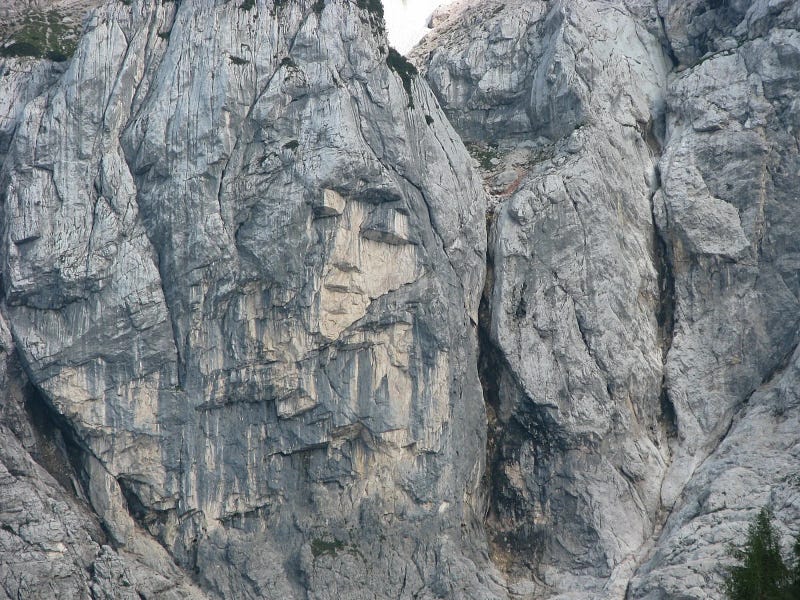
In Crimea, Ayu-Dag, which translates to Bear Mountain in Crimean Tatar, resembles a sleeping bear. Interestingly, a similar mountain called Bear Mountain is located in Karelia, adjacent to the town of Medvezhyegorsk, the birthplace of the author's grandmother.
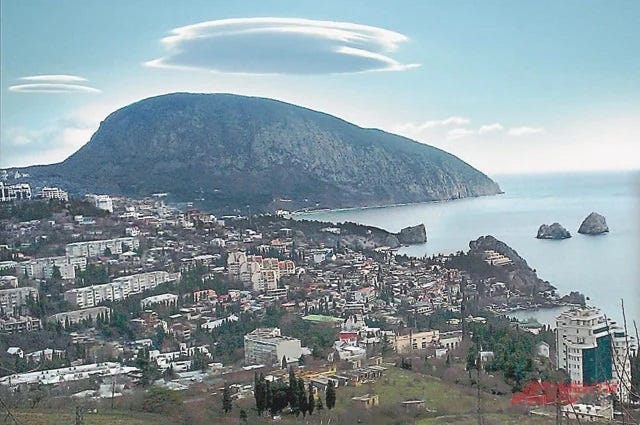
If you'd like to see more space-related articles, feel free to clap!
Subscribe to our channel and submit your questions for future articles.
Chapter 2: The Mystique of Martian Faces
This video explores the 'mystery' of the 'Face on Mars' in just 60 seconds, shedding light on its intriguing history.
In this video, discover how people accidentally uncovered a giant face on Mars, revealing intriguing insights into human origins.